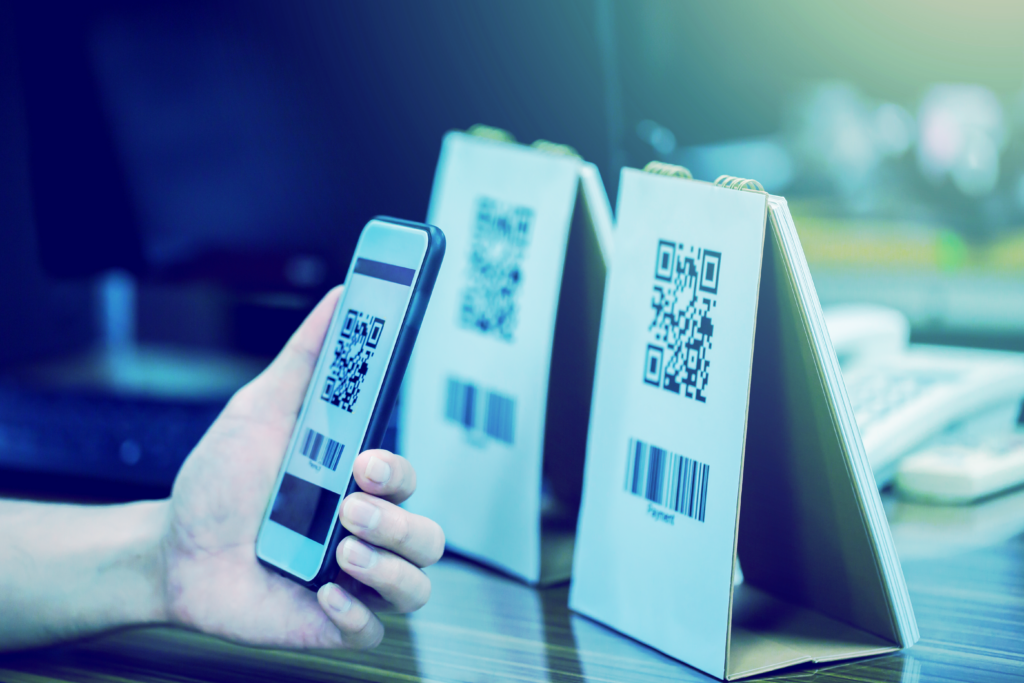
Quishing : Think Before You Scan
![]() Malicious actors are keeping up with the trends! Following the onset of COVID-19 and the global ‘shutdown,’ a new trend emerged. QR codes, although not a recent invention, gained popularity as a convenient tool for tasks ranging from viewing restaurant menus to signing up for services. From there, QR codes have become common in everyday life and have created a new avenue for malicious attacks through ‘quishing’ (QR Code Phishing) techniques. For this blog we want to help you understand what quishing is, how it works, why its effective, and ways to keep yourself safe from attacks.
Malicious actors are keeping up with the trends! Following the onset of COVID-19 and the global ‘shutdown,’ a new trend emerged. QR codes, although not a recent invention, gained popularity as a convenient tool for tasks ranging from viewing restaurant menus to signing up for services. From there, QR codes have become common in everyday life and have created a new avenue for malicious attacks through ‘quishing’ (QR Code Phishing) techniques. For this blog we want to help you understand what quishing is, how it works, why its effective, and ways to keep yourself safe from attacks.
WHAT IS QUISHING?
Quishing is a type of phishing attack that uses QR codes to trick people scanning their phones into revealing sensitive information or downloading malicious software.
HOW QUISHING WORKS
Attackers generate QR codes that, when scanned, direct users to malicious websites or trigger the download of malware onto their phone. These QR codes are usually embedded in emails, text messages, menus, or other digital or physical media.
The malicious QR codes are distributed via emails, social media, or even physical locations like posters or restaurant menus. The distribution method is designed to create trust, encouraging the user to scan the code.
Once the QR code is scanned, the victim’s device is redirected to a hacker’s site of choice that looks legitimate. This site may request login credentials, financial information, or personal data. In other cases, scanning the code could trigger the automatic download of malware, compromising the device further.
WHY QUISHING IS EFFECTIVE
Many people trust QR codes and may not consider the potential risks associated with scanning them. Since Covid -19 the simplicity and convenience of QR codes make them an attractive avenue for cybercriminals because the false sense of security in them.
Quishing can work around traditional email security measures that might catch phishing links or suspicious attachments since the threat is embedded in a QR code image.
DEFENSE STRATEGIES
Educate users about the risks with scanning QR codes from untrusted sources. Encourage skepticism, especially with codes received via unsolicited emails or found in unusual places.
Incorporate quishing scenarios into security awareness training programs. Employees should be trained to recognize suspicious QR codes and understand the potential risks.
Use tools or mobile apps that allow users to verify the destination URL of a QR code before scanning it. This can help identify malicious links before they are accessed. Legitimate business usually embed QR codes on official websites and materials not unsolicited email.
As QR codes have become more of a social norm in daily life, threat actors have taken the chance to create a new avenue for malicious attacks. By hiding harmful links into seemingly normal QR codes, actors can bypass traditional security measures and compromise personal information or devices. To stay safe, individuals must remain vigilant, educate themselves on the risks, and adopt strategies to keep themselves safe in an ever-evolving cyber landscape.
Related Articles: